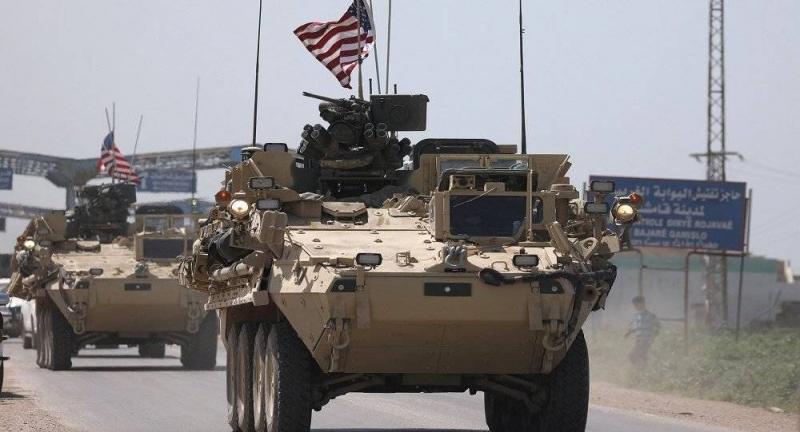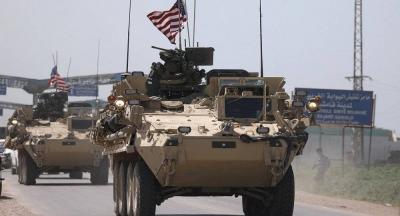The American magazine "Forbes" has revealed that the United States intends to deploy the 'Avenger' air defense system in Syria and Iraq to counter unmanned aerial vehicles (UAVs).
Experts suggest that the short-range air defense missile system is the best readily available option to protect U.S. forces in Syria and Iraq from the increasing threat posed by drones. The vulnerability of these bases to attacks was demonstrated when Iran targeted two of them with ballistic missiles in January 2020, as a retaliatory strike for the killing of Iranian Revolutionary Guard Quds Force commander Qassem Soleimani in an American drone strike. Since then, the U.S. has deployed Patriot missiles at high altitudes in these bases, along with short-range missile systems, to counter counter-battery fire and mortar rounds.
In late February, social media circulated images allegedly showing the transfer of the 'Avenger' system on a highway from Iraq to Syria. Sources at that time suggested the defensive system was being moved to U.S. forces in the Deir ez-Zor region of eastern Syria. The 'Avenger' air defense system is equipped with missile launchers designed to protect ground troops from low-flying aircraft, cruise missiles, helicopters, and drones.
As of early last year, military bases hosting U.S. forces in Iraq lacked air defense systems. However, experts contend that the 'Avenger' system is the most suitable for providing protection to ground troops against UAVs. In early 2020, American forces deployed in oil fields in Deir ez-Zor were targeted by drones capable of launching small mortar shells. Although these attacks failed to kill or injure anyone, they highlighted the severity of the new threat that U.S. forces must contend with. In recent years, the use of drones has spread widely among armed groups in Syria and Iraq, particularly ISIS.




